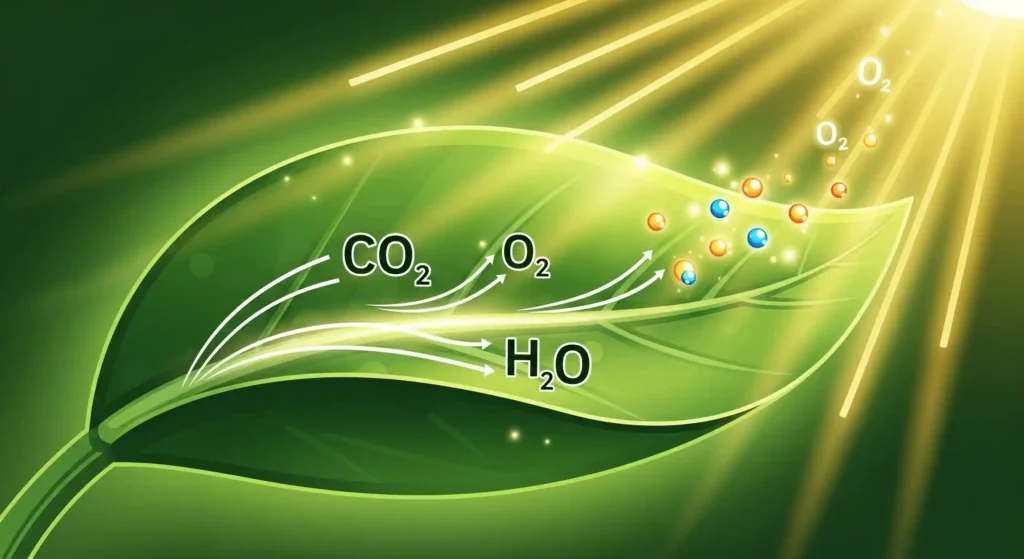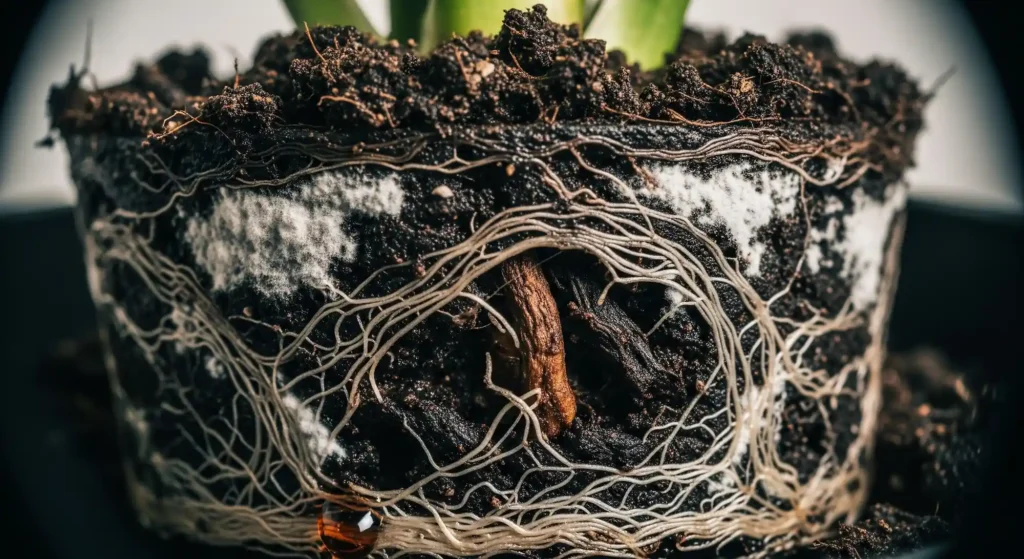Don’t Do It! Here’s Exactly What Happens When You Water Plants with Soda
From dusting coffee grounds in your soil to watering with boiled pasta water, practically everything can be found guidance for in the realm of internet plant hacks and social media suggestions. It’s a rabbit hole of fascinating concepts, and the hunt for a secret path to rich, joyful vegetation easily gets one lost. One of the most tenacious and inquisitive suggestions that gets around is watering your plants with leftover, flat Coke. First look at the reasoning looks reasonable: “Plants use sugar for energy, and soda is full of sugar, so it must be good for them, right?”
Particularly when you’re staring at a half-empty Coke bottle from last night’s gathering, it’s a seductive idea. Let me be very clear before you pour that flat soda into your beloved ficus: prevent yourself from a typical gardening heartbreak. What then results from watering plants with soda? The straightforward response is that you encourage a range of issues that might seriously damage or even kill your plant, including aggressive root rot, rampant fungal development, and irritating bug infestations. In the fragile ecosystem of your potting soil, high sugar and acid mix to create catastrophe.
This tutorial will dissect the science of just why this is such a bad idea, investigate the particular damage it can bring to the roots and soil of your plant, and even address what to remedy should you have already made a frequent error. Let’s dispel this illusion for good and return to what actually drives plants to flourish.
Clarifying the “Sugar for Energy” Myth
The foundation of this myth is a basic misreading of how plants acquire their energy. Making such a mistake is simple. Since we eat sugar for energy, it makes sense that plants might gain from it too. Still, plants are significantly more intelligent and self-sufficient than we are in this sense.
The Fact about Photosynthesis

Plants indeed run on sugar, most especially glucose. They are skilled chefs, though, who produce their own cuisine. By means of the amazing process of photosynthesis, they transform basic elements from their surroundings—sunlight, water, and carbon dioxide from the air—into all the glucose required to drive their development. They neither need nor are suited to manage an outside supply of sugar given to their roots. Giving a plant sugar is like trying to feed a professional chef a frozen dish; they already have the basic components and the knowledge to create a far better meal themselves.
The Not Right Type of Sugar
Plants certainly require outside sugar, but the kind found in soda is completely inappropriate. Usually sucrose or high-fructose corn syrup, the sugar in most soft drinks is. Plant roots have developed to take in mineral ions and water, not complicated carbohydrates. Their root systems just cannot handle these big sugar molecules coming from the ground. Like trying to run a car on crude oil instead of refined gasoline—the raw components for energy are theoretically available but the engine cannot run on them in that form.
The Damage Sugar and Acid Do to Plant Roots
Not only can plants not consume the sugar in soda, but adding it to their soil environment sets off a series of unfavorable reactions that may rapidly spiral out of control. When you pour soda into a pot, the soil exactly experiences this.

- It Feeds the Nasty Guys (Fungus and Bacteria): Although your plant cannot consume the sugar, something else in the soil quite definitely can: bacteria and fungus. For all the little creatures in your potting mix, including the dangerous pathogens causing root rot and other fungal diseases, the sugar in soda is a high-energy feast. You are practically inviting illness to a buffet with unlimited food. This can cause a quick eruption of mold on the ground surface and, more dangerously, feed the fast expansion of root-rotting fungus like Pythium and Phytophthora in the moist, sugary environment.
- It Draws Pests: That delicious, sticky soil also invites pests quite openly. You will find yourself coping with an unexpected and annoying rise in fungus gnats, whose larvae feed on the fungus that is now ravenous on the sugar. Worse, the sugary residue might draw ants, which might choose your pot as the ideal location for a nest; moreover, it can draw roaches and other undesirable house guests.
- The Attack from Acidity: Most sodas taste crisp and refreshing to us because they are rather acidic. Colas, for instance, can have a pH between 2.5 and 3.5—that is, rather acidic—not far from vinegar and often include phosphoric acid. Most houseplants do best on a soil pH between 6.0 and 7.0. Pouring a very acidic beverage into your pot drastically reduces the pH of the soil, which can shock the plant, physically burn its delicate, sensitive roots, “lock up” vital nutrients in the soil, so chemically inaccessible for the plant to absorb.
- It Alters Water Absorption: Though less obvious, this is a similarly harmful influence. Coke’s high sugar and other solute concentration provides a challenging osmotic environment for the roots. Simply said, plant roots absorb water since the fluid within their cells is “saltier” than the nearby soil water. You may flip this process, though, by dousing the soil in a super-concentrated sugar solution. Osmosis allows the roots to actually lose water back into the soil, therefore dehydrating and withering the plant even in moist soil.

What About Club Soda or Diet Soda?
What then about other forms of fizzy drinks if sugar and acid are the main offenders?
- Diet Soda: Artificial sweeteners and acids—like phosphoric and citric acid— abound even if it lacks sugar. It’s still a hard “no,” since the acidity stays a key issue for soil health and root function. Although little is known about the effects of artificial sweeteners on soil microorganisms, it is reasonable to assume that this risk is not one worth running.
- Club Soda or Carbonated Water: Though it’s not advised, this is the one exemption with some basis in horticultural fact. Some small-scale research have indicated that in modest quantities the minerals in carbonated water—such as salt, potassium, and magnesium—can be helpful to plants. Furthermore somewhat helping nutrient absorption is the broken down CO2. Still significantly better, though, and absolutely risk-free is simple water. with club soda is an unneeded and costly experiment with little proven advantage over appropriate watering and fertilizing with a balanced plant food.
“I Already Watered My Plant with Soda!” – An Emergency Action Plan
Not panic if you are reading this post after giving your plant a sip of Coke. Indeed it occurs. The good news is that, if you move fast, you probably can prevent any long-term harm to your plant.
- Step One: Don’t Panic. Breathe deeply here. If you intervene right away, a single, tiny application is unlikely to constitute the death sentence.
- Step Two: Flush the Soil Thoroughly. Bring the plant to an outdoor sink or shower. Pour lots of lukewarm water gently over the ground. You want to totally flush as much of the acid and sugar out of the potting media. For some minutes let the water run unhindered through the drainage holes. At least four times the volume of the pot should be the water volume used.
- Step Three: Repot if Necessary. The best course of action is to repot the plant totally if you poured a lot of soda into the pot or if the soil still smells sweet after flushing. Carefully take the plant out of the pot, throw away all of the tainted dirt, and even gently rinse the roots with lukewarm water to get any sugary residue off. Repot in a spotless pot using fresh, fresh, potting mix.
- Step Four: Watch Closely. Place your plant back where it belongs after flushing or repotting, then monitor it closely for the next week or two. Look for any pests that might have drawn attention; also, notice symptoms of stress as yellowing leaves or drooping. Wait several weeks to fertilize so the plant may heal.
Ultimately, Stick to Water for Happy, Healthy Plants
We investigated the myth behind the soda “hack,” dug into the research on why it’s so dangerous, and even developed an emergency plan for those minor mishaps. The data is unequivocally strong. Remember that you are creating a cocktail of sugar and acid when you water plants with soda, which damages soil life, draws bugs, burns roots, and can finally kill your dear plant.
The best “secret” for plant care is none at all: give your plants the straightforward things they have evolved to require. Plain, basic water is the best liquid for your plants; always will be. Understanding the actual demands of your plants and giving them the correct circumstances will help you to boldly reject the misconceptions and concentrate on the tried-and-true methods resulting in a vibrant, beautiful garden.









